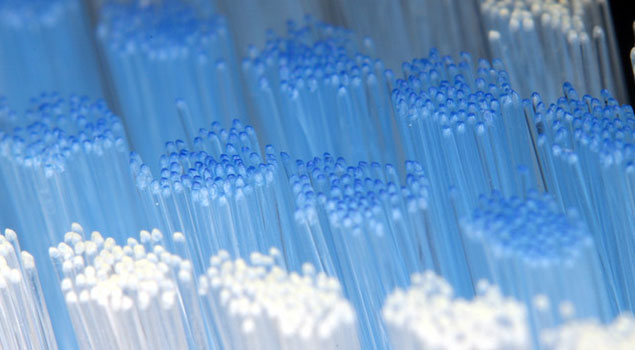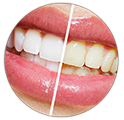The History of Teeth Whitening
Even before the man could understand the importance of a language to communicate, they understood the meaning of a SMILE. The magic a smile can produce can be understood by one and all. All over the world today, there are hundred if not thousand of products that can be used to give you that perfect smile. But that’s not the case when it comes to the history of teeth whitening, as people were forced to come up with their own remedies to keep their teeth white, healthy and strong. It was very important to have a white smile as it complimented your outward appearance which was a crucial part of life then and has even been incorporated in the modern time. In previous years, people didn’t have access to modern technologies such as mouth wash, dental floss or even electrical toothbrushes which are now common items found in most households all over. But this factor did not hinder people during those times from having white smiles that lit up a room when they walked in. Lets have a look at the history of teeth whitening and the remedies used by people since the time people knew the magic a smile can create:
Stone Age era
The history of teeth whitening dates back to the Stone age when the issue of mouth hygiene has been one of the main concerns. The early man used sticks to get rid of any unwanted particles that were stuck in his/her teeth. This shows that the human race has always been very keen in ensuring that their teeth are healthy and strong at the same time.
Teeth Cleaning in 3000 BC
History of teeth whitening has definitely come a long way, with people going to extreme lengths such as using small branches from shrubs and bushes to clean their teeth. The end of the chewing stick was frayed so as to act as a toothbrush to get rid of any plaque. This practice is not completely forgotten as some of the inhibitors of the less developed countries still use such chewing sticks to clean their mouths.
First Toothbrush
The first bristle toothbrushes were used in China around 1498. The bristles were made from the tough hair on the back of Siberian hogs’ necks. They were stuck into handles made from bamboo or bone. People found that the teeth became cleaner and brighter by using the toothbrush rather than the chewing sticks and the word spread like a wild fire.
Teeth Cleaning methods by Europeans
European traders visiting China took this crude model home with them. However, they faced much resistance from the high and mighty Europeans. Only the upper class used to brush their teeth, and they used soft horsehair toothbrushes. Some also followed the old Roman custom of picking their teeth after a meal, using brass or silver toothpicks. Later, Louis Pasteur, the French bacteriologist, introduced the idea of germs and people took any notice of what they were putting into their mouths. But when they started to think about what could be on the bristles from the animals, and how their gums could get infected from the bacteria that they started looking for a replacement.
Nylon Bristle toothbrushes

When Du Pont discovered nylon in 1938, they found that it was tough, stiff, and resistant to wear and tear, moisture-proof (so it didn’t stay wet and collect bacteria). It was thought to be perfect for the bristles on a toothbrush. However, the first nylon was very stiff and damaged people’s gums and the dentists wouldn’t recommend them. Du Pont, by 1950, had developed soft nylon and the new Park Avenue Toothbrush was considered to be an expensive, but much more comfortable model. This invention did prove to be a milestone in the history of teeth whitening.
First ever tooth cleaners
Barbers were the first ones to take up teeth whitening as a profession during the eighteenth century. It was somehow a torturous way which involved a barber filing down the teeth with a file. This caused tremendous pain to the patient as the enamel would be completely destroyed and it didn’t end there as a corrosive mixture would be poured so as to whiten the teeth; all this was done in the name of having a perfect smile.
Use of Flouride
During the ninetieth century, Fluoride was discovered to have a positive effect on teeth, but it later came to be discovered to cause the reverse effect if used in large amounts. Therefore, fluoride should only be used in small amounts. Now people can smile without fear of embarrassment as methods that can be used to whiten the teeth are pain free and for treatments for infections are not only readily available, but also affordable.
Unlike those ancient Egyptians and Romans who did unthinkable things so as to keep their teeth clean and bright, we have it easy, with the modern technology bringing to us numerous methods for whitening the teeth that are pain free! Such methods include using special toothpastes, gels as well as the latest treatment which involves the use of laser. With such methods there is no reason why someone should not have a perfect smile.


